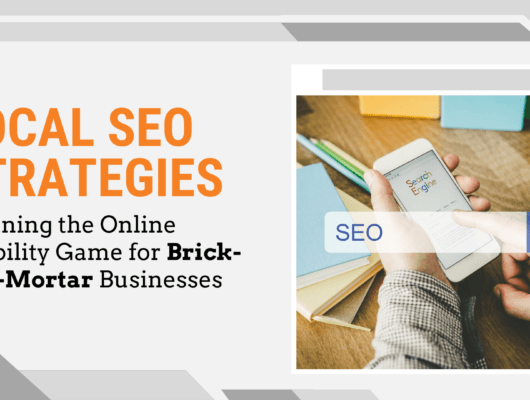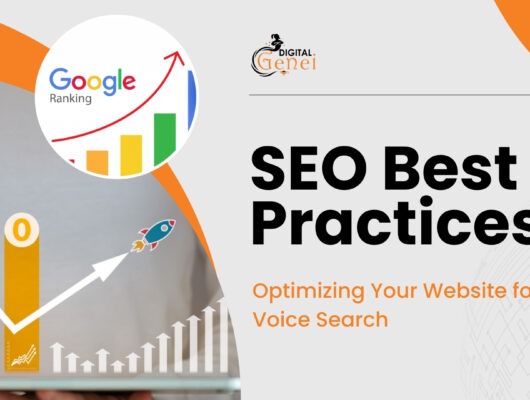“Ever wondered why visitors leave your website faster than they arrived? It’s time to mend those digital heartbreaks.”
In the realm of online engagement, a high bounce rate is akin to a one-sided conversation – it leaves you wondering what went wrong. Why are visitors departing without exploring further? In this digital age, capturing and holding attention is the key to a thriving online presence. Let’s delve into the heartbreak of high exit rates and discover the strategies to keep your visitors captivated.
The Bounce Rate Dilemma: When Love Doesn’t Last
Your website's bounce rate is like a first date that never moves beyond 'hello'.
Bounce rate is the metric that reveals the percentage of visitors who land on your website and leave without interacting further. It’s the digital heartbreak you can’t afford to ignore. High bounce rates signal that visitors aren’t finding what they expected, leading to a missed opportunity for engagement, conversion, or a meaningful connection.
Unveiling the Culprits: Why Are Visitors Bouncing?
Slow Loading Times: Just as in a conversation, a slow start can kill the vibe. If your website takes too long to load, visitors are likely to hit the back button.
Unengaging Content: Like a dull conversation, uninteresting content fails to capture attention. Irrelevant, outdated, or poorly presented content can lead to quick exits.
Poor User Experience: Navigating a confusing website is like trying to communicate in a foreign language. If users can’t find what they’re looking for easily, they’re likely to leave.
Lack of Mobile Optimization: In a mobile-first world, a website that doesn’t adapt to different devices is like talking to someone with your eyes closed.
Misleading Titles or Descriptions: When what’s promised doesn’t align with what’s delivered, it’s a surefire way to lose trust and prompt a swift exit.
Captivating Your Audience: Strategies to Reduce Bounce Rates
- Optimize Page Load Speed
Two seconds is the threshold for E-Commerce website acceptability. At Google, we aim for under a half-second.
Fast-loading pages ensure that visitors aren’t left waiting. Optimize images, minimize unnecessary scripts, and leverage caching to speed up load times.
- Craft Compelling Content
Content is the reason search began in the first place.
Create content that resonates with your audience. It should be informative, engaging, and relevant to their needs or interests.
- Prioritize User Experience
The best design is the simplest one that works.
Ensure that your website is intuitive to navigate. Clear menus, prominent CTAs, and a user-friendly layout contribute to a positive experience.
- Embrace Mobile Responsiveness
By 2025, 72% of the global internet users will be accessing the web solely via their smartphones."
A mobile-optimized website is no longer a luxury, but a necessity. Ensure that your site looks and functions seamlessly across all devices.
- Deliver on Expectations
Set clear expectations with your titles and meta descriptions. Ensure that the content on your page fulfills what was promised in the search results.
- A/B Testing for Continuous Improvement
If you do not test, you do not know what to optimize.
Regularly conduct A/B tests to understand what resonates with your audience. This data-driven approach can uncover valuable insights for refinement.
Turning Heartbreak into Engagement
A high bounce rate doesn’t have to spell the end of a visitor’s journey on your website. By optimizing page speed, crafting compelling content, prioritizing user experience, embracing mobile responsiveness, delivering on expectations, and utilizing A/B testing, you can transform heartbreak into meaningful engagement. Remember, in the digital realm, every interaction is a chance to build a lasting connection.





